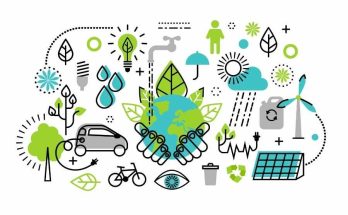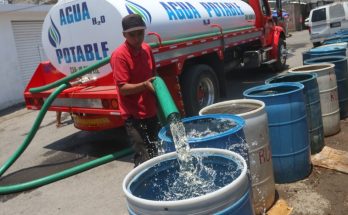By Alejandro Angulo
The year is coming to an end, but global figures and the results around the world, particularly in Mexico, are not encouraging. Human beings seem to be blindly following a path toward the precipice. What seemed like an improvement is now going backwards. There is a growing decrease in food supplies which has created an entire field called the Food Crisis. The world is dealing with the armed conflict created by Russia’s invasion of Ukraine, climate change, a series of COVID-19 pandemics, economic and political crises, and the high cost of food. According to figures from the Food and Agriculture Organization (FAO), the World Food Program, and others, it was projected that the number of hungry people in the world would grow to 828 million in 2021. This represents an increase of 46 million more than in 2020.
There were almost no changes to these figures from 2015 until 2020 when the percentages skyrocketed. The increase continued and reached 9.8% in 2021. The figures are even more worrisome because they represent around 2.3 billion people in the world with moderate or severe food insecurity. In light of this, it seems almost impossible to achieve the food goals for 2030 which were to eradicate global hunger. In addition, there is serious soil degradation around the world with crop losses due to climate change, either through drought or floods; a decline in agricultural productivity; pollution of land with chemical products; changes in land use (from agricultural to urban); lack of sufficient fertilizers; pressure on pollinators; and inflation in the costs of inputs and food. The resulting panorama is quite threatening.
Although the food crisis is different from country to country, Mexico has its own problems. It is estimated that 9% of the population will be affected by all the above conditions. Although Mexico has not reached food supply sovereignty, it is not highly dependent on food imports either—especially for the primary grains such as corn, and wheat. The impact of the food crisis is different for each state or federal entity, but the states with little food production will suffer more with price increases for basic foods. It is essential for Mexico to support the countryside particularly the key crops in the diet of the low-income population. It is also essential to continue buying from national and local producers in order to reduce the effects on the Mexican countryside.
The Environmental Depletion and Degradation (INEGI), recently released the figures for 2021: 1,177,969 million pesos, equivalent to 4.6% of the national GDP. The cost for degradation stands at 3.9%, while depletion costs were 0.7%. Let us consider how these costs work.
Depletion through hydrocarbons was 0.3%, depletion due to forest resources was 0.2%, and groundwater was 0.2%. As far as degradation costs, the highest was soil degradation with 0.7% (equivalent to 187,985.9 million pesos). This was followed by solid waste with 0.4%, untreated wastewater 0.2%, and air emissions with 2.6% being the highest, equivalent to 660,333.8 million pesos (INEGI data). All of these together add up to 1,003,604.6 million pesos.
Results of the Economic and Ecological Accounts of Mexico for 2021 reflect an important and growing decoupling between economic activity—production and consumption in the market—and the levels of environmental deterioration in the country (the requirements of natural resources). This means that economic activities are above the desired or ideal use of natural resources.
Notwithstanding, progress must be made in quantifying, in physical and monetary units, the extension of ecosystems. Their condition and the services they provide to the economy and to society in general are an extension of the Economic and Environmental Accounts. These are the Environmental Protection Expenditures according to environmental activity: Biodiversity it is 4.5% while for soil and water it is only 1.4%. According to INEGI, the disconnect between economic activity (production and consumption in the market) and levels of environmental deterioration in the country is estimated at 327.9 points for economic activity, and 220.3 points for environmental deterioration. That represents a difference of almost 100 points. These figures will have to be considered in spending on protection and public policies for environmental regulation, because it will reflect on the handling of the ecosystem, and on the quality of life of the inhabitants.




